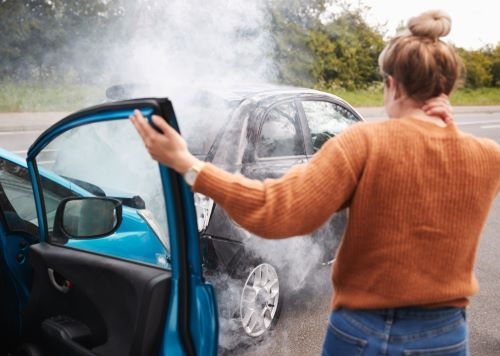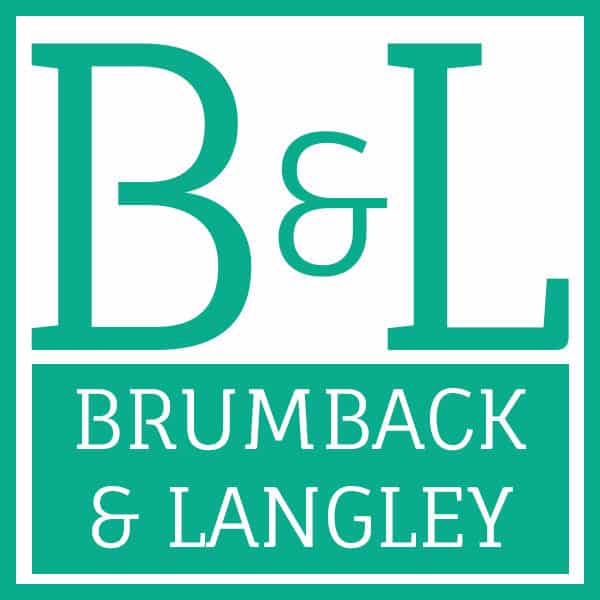- February 21, 2024
Many accident victims believe that they do not need a Greenville car wreck attorney to prove fault after a rear-end collision. They believe that the fault of the driver who hit them from behind is beyond question.
However, things are not as simple as it seems at the first glance, especially if an insurance adjuster starts questioning your own side of the story. Let us discuss this topic in detail.
What Are the Most Common Causes of Rear-End Accidents?
With a few exceptions, driver error is the most frequent cause of a rear-end car accident. This often means:
- Distracted driving, which does not allow the driver to realize they’re not keeping a safe distance from the car in front of them
- Driving under the influence, which impairs a driver’s senses and the ability to avoid a crash
- Speeding, leaving the driver with no time to avoid hitting your car
- Tailgating, a form of aggressive driving which aims to force the driver in front to make way
However, there are also other situations where the driver in the rear car is not the main contributor to the accident. Here are some examples:
- Low visibility due to fog or rain, severely limiting the drivers’ visual field
- Malfunctioning tail light, not allowing the driver behind you to see that you hit the brakes
- The front driver applies the brakes suddenly (the so-called “brake checking”)
- Suddenly changing lanes just in front of the other driver
- Potholes, debris and other obstacles on the road
The Situation Gets More Complex If Several Vehicles Are Involved
Unfortunately, rear-end collisions risk turning into a multi-car pile-up in bad weather conditions or on busy highways. In this situation, determining who started the chain reaction is even more complex.
In such a case, all drivers involved will start pointing fingers at each other, while vigorously denying fault. You will need an experienced Greenville car accident attorney to untangle the web of liability, accusations and attempts to waive responsibility.
How to Prove Fault after a Rear-End Collision
So far, one thing is clear: you cannot take the rear driver’s fault for granted and claim damages just because their car was behind yours. An attorney will need to present the insurance adjuster solid and unbiased evidence of their client’s fault.
Here are some types of evidence needed to win your case:
1. Police Report
After you report the accident, law enforcement officers will arrive at the crash scene to investigate it. They are trained to observe and interpret various types of evidence, such as:
- The position of the cars after the impact
- The length and direction of skid marks
- The pattern of dents on each vehicle
All their findings will be included in an accident report. The report is usually ready in a few days, and you can request a copy online.
2. Your Own Photos and Videos
You should also diligently document the accident scene with photos and videos. It is always possible that the police officers may have missed an essential item or element, which can prove the other driver’s fault.
Also, taking photos immediately after the crash, including the license plate of the other car, may deter the at-fault driver from fleeing the accident scene.
3. Witness Statements
Eyewitnesses can provide valuable evidence in their testimonies. Some of them not only saw and heard what happened, but also captured the images in photos and videos. These are extremely useful for your lawyer if you suffered severe injuries and could not document the crash scene.
4. CCTV Camera Footage
Traffic or CCTV cameras in the area may have recorded the entire incident. Some of these cameras are placed at an ideal angle to capture very clear images, which prove the other driver’s fault beyond doubt.
5. Medical and Billing Records
Winning a rear-end collision claim is not only about proving the other driver’s fault, but also your own injuries and damages. Thus, your attorney will need:
- Initial medical report issued by the doctor who examined you immediately after the crash
- All diagnostic tests and their interpretation
- Hospital bills
- Receipts for prescription treatments, follow-up medical checkups and physical therapy sessions
- Repair shop estimate for fixing your car
- Paystubs to justify lost wages
- Any bills and receipts for pocket expenses directly related to the accident
Consult with a Skilled Greenville Car Crash Lawyer before Filing a Claim!
As you can see, you cannot just assume the rear driver’s fault and file a claim against them without solid evidence. Their insurance adjuster will also investigate the crash, and may even come up with the decision that you were at fault.
This is why you need an experienced Greenville car crash lawyer to examine the circumstances of the rear-end collision and all available evidence. If you have the right to file a claim, we will fight on your behalf and win the fair compensation you deserve.
Your journey to justice and financial relief starts with a free case evaluation, so call us today at 864-310-7897!



